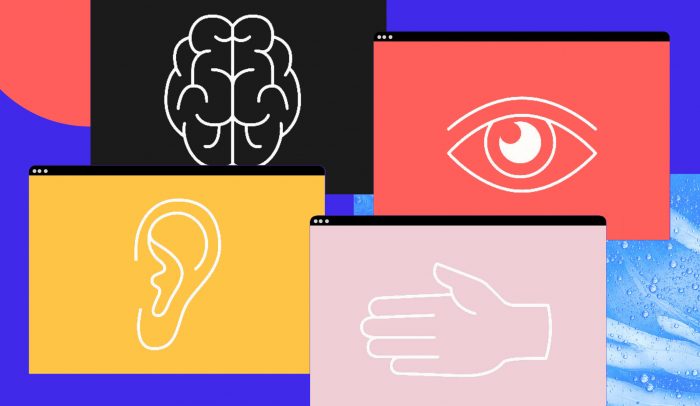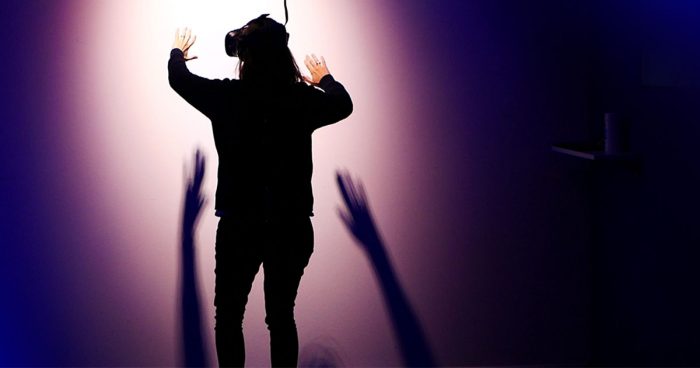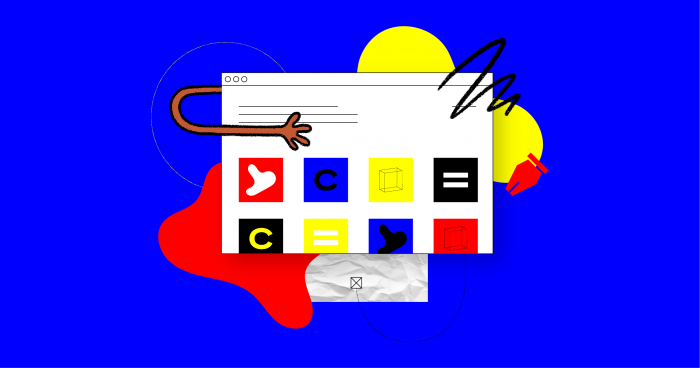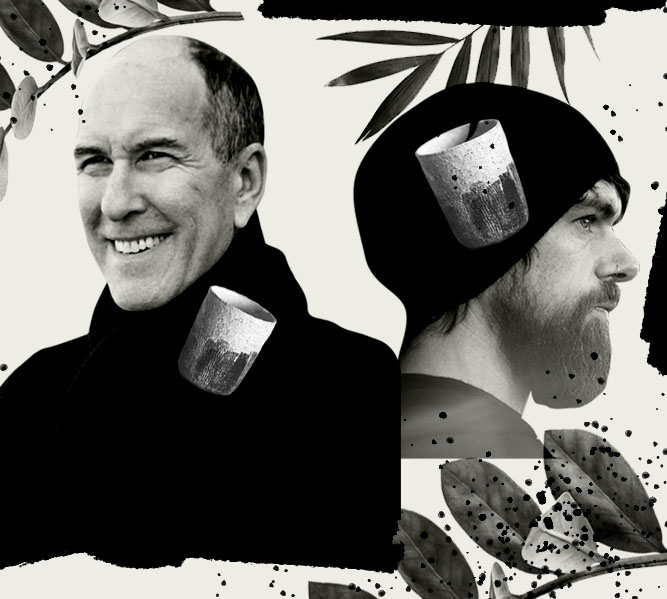Dutch graphic designer Iris van den Akker wanted to be a frame-by-frame animator, but she didn’t find much of a market for it. Since there weren’t many places in her hometown of Amsterdam hiring for traditional animation, she turned to illustration.
Once she started working at a creative studio, though, she found a huge market for something else: motion design. And not only were there opportunities, but the pay was better—“significantly better,” she claimed. “One week of motion design means I’ve got the financial freedom to work about three weeks on illustration projects.”
Iris isn’t alone in this discovery. Designers who have added motion design to their skillset often stop doing anything else because of the potential in this relatively new space within graphic design.
But what is motion design, and why are marketers starting to pay attention?
The Basics of Motion Design
Scientifically, people are more likely to remember something that moves—so motion design combines good design with eye-catching, memorable movement. Examples can range from kinetic typography and micro-interactions in web design to dynamic logos and the graphics that make explainer videos so click-worthy.
Motion design has been democratized, which is good news for both marketers and designers. Any designer can produce motion graphics, and any marketer can implement them, but not enough in the industry are. Motion design is still one of the only design sectors in which demand—by everyone from brands to design agencies—is still higher than supply. Brands are looking to get in on the new frontier, and designers with motion design in their skillset are coming out on top.
Why It Works
Motion design serves two main purposes: getting (and keeping) consumer attention, and telling a story. Kasara Design, for example, uses moving graphics to encourage users to take action on specific elements of its site. N26, a German fintech app, uses animation to illustrate the user journey, helping the brain make connections between objects, actions, and concepts.
Netflix’s animated logo, first introduced in 2019, uses motion to show “the spectrum of stories, languages, fans, & creators that make Netflix beautiful.” The dynamic graphics, which incorporate clips of its original titles synced to Netflix’s iconic sound, tell a branding story that communicates the company’s focus on diversity and original content.
These succinct but complex stories can be repurposed across multiple platforms. A blog or a write up can live on your website, for example, but the motion design is what’s shared across social channels.
Why Marketers are Getting Into It: Static Doesn’t Sell!
Motion design (and experiential storytelling in general) is active, so it encourages participation. That’s something we could all use a little more of these days. During the pandemic, humans have sought design solutions to mimic responsive interactions and reciprocal experiences. Motion design’s growth was accelerated by the need for that escapism.
Additionally, as marketers realize that engagement is not a measure of success on its own anymore, they are seeking and targeting action. With endless online content vying for consumer attention, an Instagram like or a blog read doesn’t guarantee a purchase anymore—your audience might not even get past the first page.
Since motion design is constantly evolving, it still feels distinct when used well and offers a dynamic range of possibility for creatives looking to stand out. For example, motion graphics can make webpages stand out by breaking up long text and fueling SEO traffic. Motion in social videos generates 1200% more shares than text and images combined, and people spend 2.6x longer on webpages that have videos than ones that don’t.
To turn consumers into customers, the micro-interaction has become the holy grail in dynamic web design. Micro-interactions reward the user and keep their attention long enough to build interest and credibility. Think “motion for emotion”—it’s a call-and-response method that builds a two-way relationship. That relationship is also attractive for designers, who always appreciate the increased interaction with their work.
How to Get Started and Do It Well: Keep it Simple
When Spotify added the Spotify Heart in 2020, it capitalized on the mid-pandemic need for new, fresh design. “Motion principles were already available in our Encore design system, which helped massively in the ideation and exploration phase,” read a post on its design blog. “It answered the big question: how to use motion to make Spotify experiences feel expressive, fluid, and easy to use.” The fairly simple concept brings new life into the well known brand and “makes users interact with the button more and like more content,” which propels marketers toward their engagement goals.
Good motion design puts the story first, and sales awareness second. Because motion graphics are so brief, they can have the appeal of GIFs—even TikToks—using seamless transitions for constant motion. Even a little movement can attract a lot of attention, creating a big emotional response from users.
Since the pandemic has temporarily nixed in-person production and design for many brands, marketers have to put their best creative foot forward. Motion design is a simple way to do just that—tell impactful digital stories with less effort and overhead. Great motion design hits a sweet spot, and designers who add it to their repertoire will find new opportunities as the market grows.




